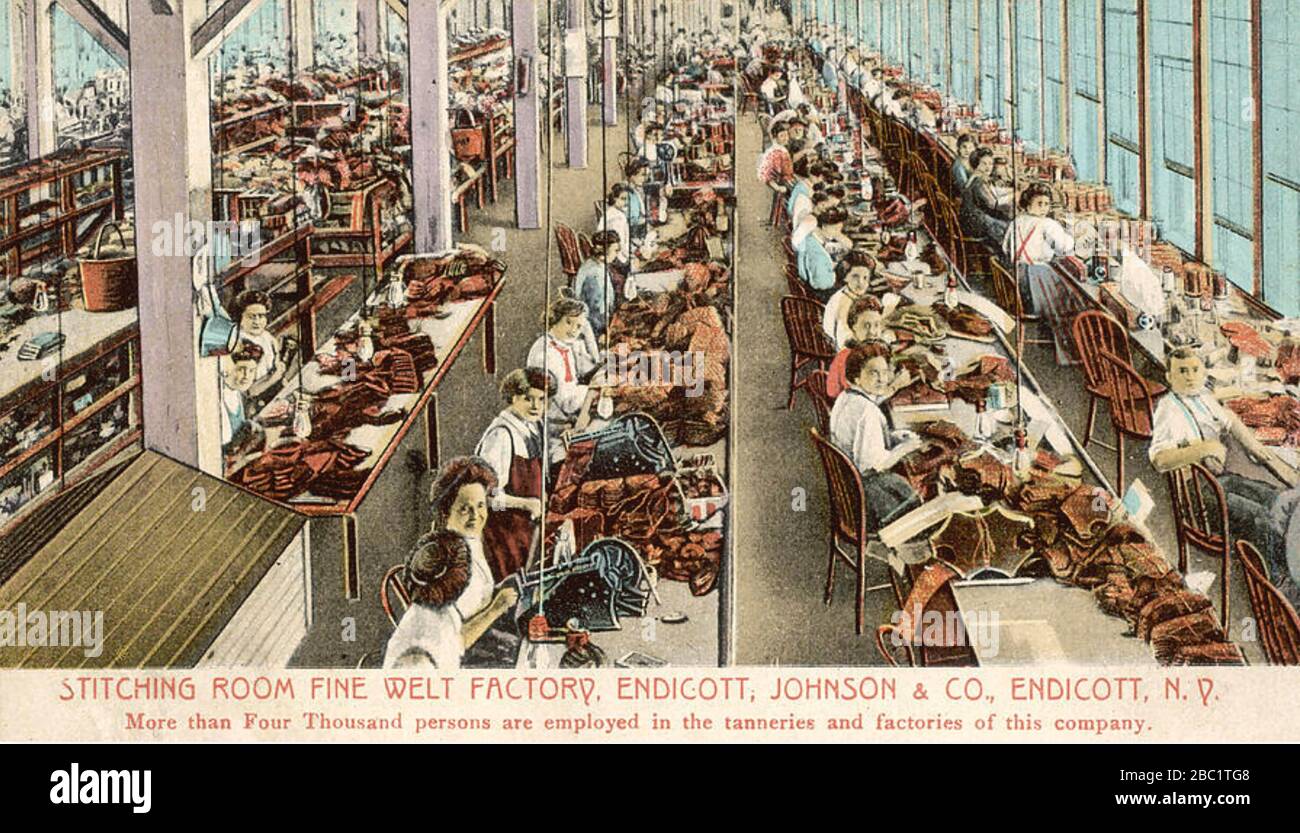

“You can even joke about the president.” A Chinese worker good-naturedly makes fun of his American co-workers. “Welcome to America where you can let your individuality shine,” they’re told. Workers newly arrived from China sit down for cultural orientation classes. For the first 20 minutes, American Factory is a light-hearted culture-clash comedy. What did happen, initially, was heart-warming. “You knew something was gonna happen,” says Reichert. Locally, people wondered how Chinese workers would get along in small-town America. This was before Donald Trump got elected, but there was already unease about the rise of China as a global superpower. American Factory is the first film released by Higher Ground, the former first couple’s production company, after signing a deal with Netflix to make TV series and movies touching on such issues as race, class, democracy and civil rights.īack in Ohio, Reichert and Bognar were fascinated by the idea of a Chinese factory opening in the rustbelt. It’s a low-key film made by low-key directors, but they have suddenly found themselves thrust into the spotlight thanks to their producers – Barack and Michelle Obama.
But really it is a heart-wrenching story about ordinary people, made with care for their lives and feelings. The themes of their fly-on-the-wall documentary American Factory, which is on Netflix from Wednesday, are globalisation and US-China rivalry. So when Fuyao arrived in town, Reichert and Bognar switched their cameras back on, little knowing they would be filming at the factory for three years, amassing 1,200 hours of footage. They worked hard factory jobs but they made good money.”ĭesperately sad … an image from The Last Truck, Reichert and Bognar’s short film about the GM plant’s closure in 2008. People said to us, ‘I’m never going to work in fast food.’ Two years later, they’re working in fast food at 40 years old. “We saw them getting jobs at warehouse distribution centres for $8 an hour with no benefits, no healthcare. The couple live just 25 minutes’ drive from the factory and, in the years since its closure, they watched the living standards of former employees plummet. Their desperately sad Oscar-nominated short The Last Truck: Closing of a GM Plant felt like a 40-minute death knell for the American dream. Six years earlier, Reichert and her husband, Steven Bognar, filmed the last car rolling off the production line at GM. “The plant’s going to reopen! Somebody bought it. “We read it in the newspapers!” says Julia Reichert, mimicking the optimism the town felt. This would involve bringing staff over from China to work side by side on the factory floor with their American counterparts, training them and creating around 2,000 jobs. His plan was to turn the closed plant into the US outlet of Fuyao, his global windscreen and automobile glass empire. A t the end of 2014, a Chinese billionaire named Cao Dewang bought the General Motors factory in Dayton, Ohio.


 0 kommentar(er)
0 kommentar(er)
